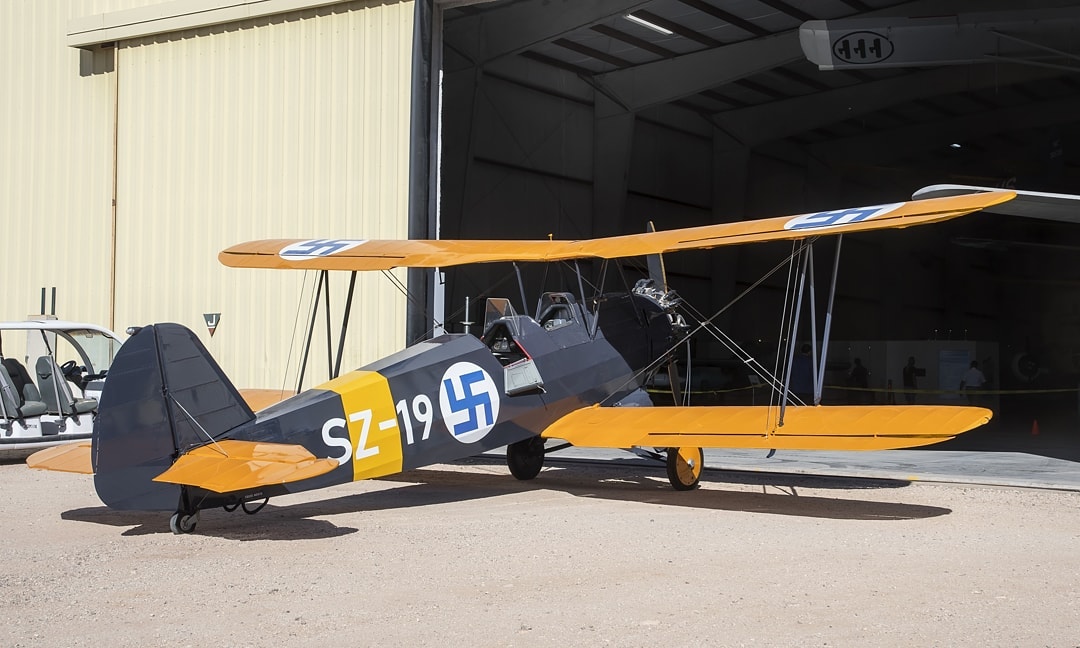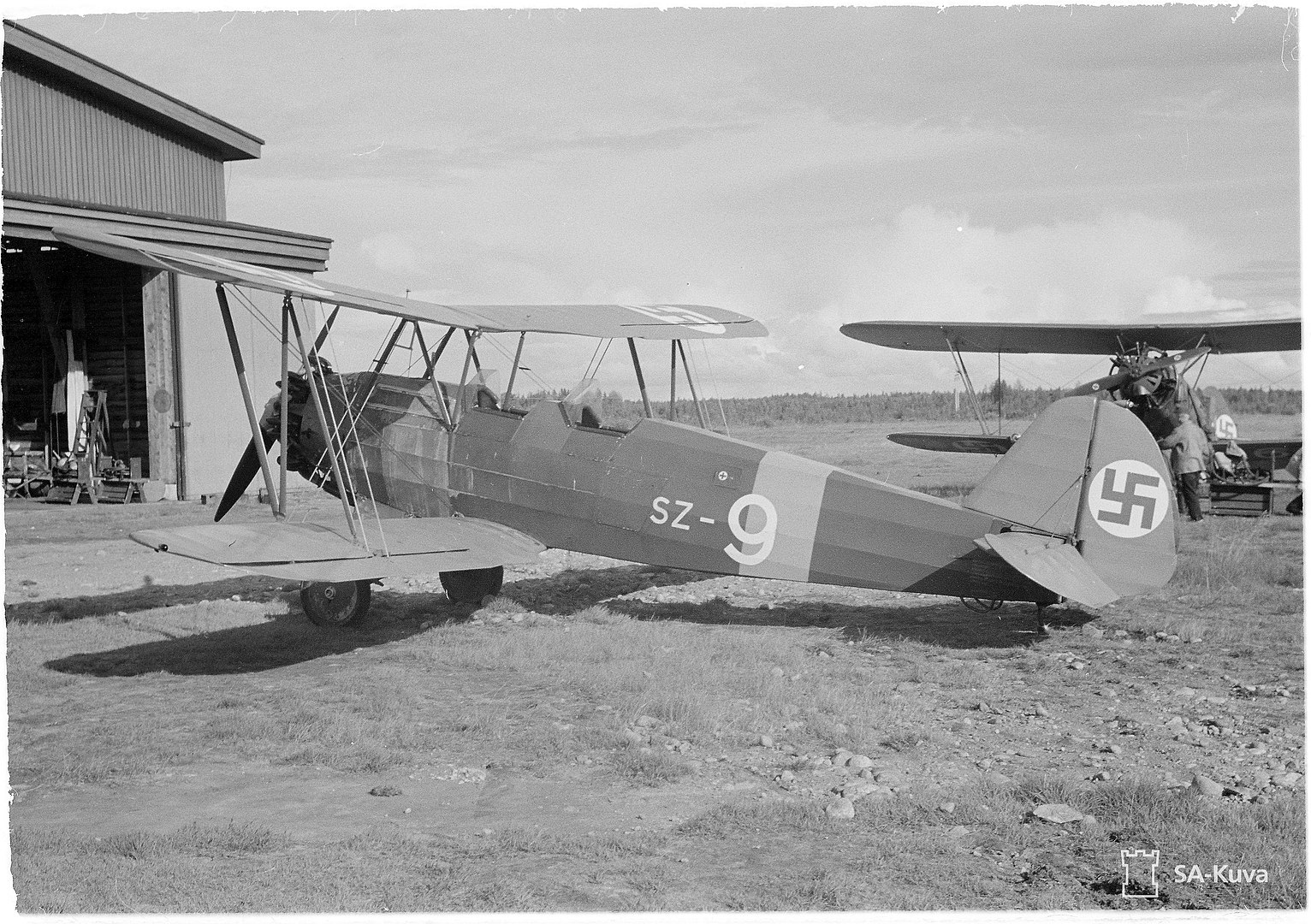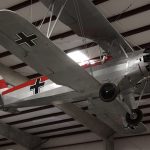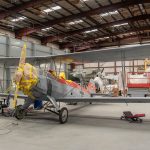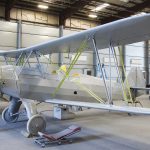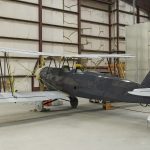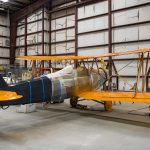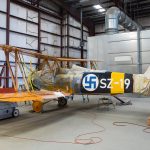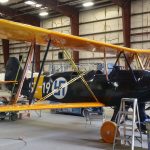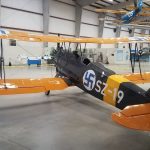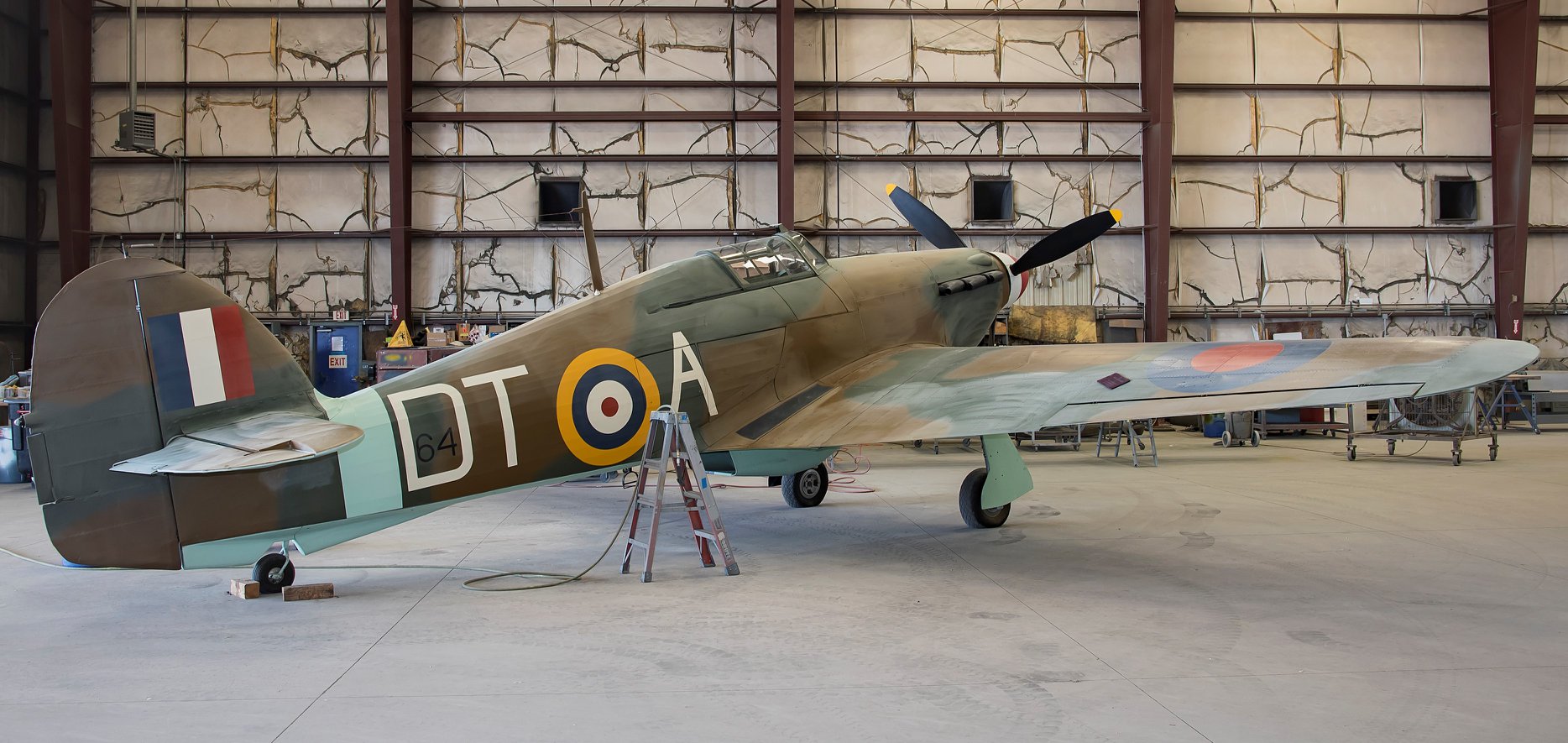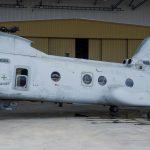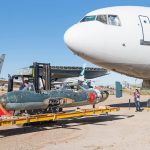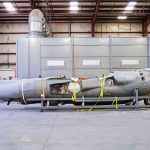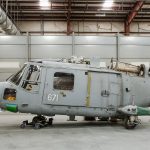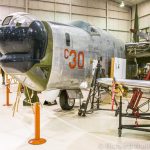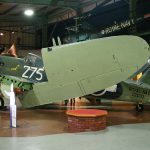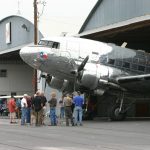The Pima Air & Space Museum in Pima, Arizona recently completed the refurbishment of their Focke-Wulf Fw 44J Stieglitz biplane and returned it for display inside Hangar 3. The Stieglitz, German for goldfinch, was an excellent primary trainer; a contemporary to the Boeing-Stearman PT-13 Kaydet and de Havilland DH.82 Tiger Moth. It enjoyed significant export success outside Germany, with a number of military air arms in both Europe and South America operating the type. Indeed several factories produced Fw 44s under license in nations such as Argentina, Brazil and the former Czechoslovakia. More than 2,500 examples are believed to have rolled off the various factory lines around the world over the type’s production run from 1932 and 1940.
The Fw 44J was the type’s final variant, featuring a 160 horse power Siemens-Halske Sh 14a seven cylinder, air-cooled radial engine. Pima’s example, wk.nr.2827, was one of thirty three examples which the Finnish government ordered from Focke-Wulf in April, 1940 (amazingly, about twenty FiAF Fw 44s still exist!). Flugzeugwerke CKD in Prague, Czechoslovakia manufactured this aircraft, completing her in March 1940, and the Finnish Air Force accepted her into service as SZ-19 in August that year. In 1945, following her military service, the Pori Aeroclub in Pori, Finland acquired the Stieglitz. They placed the trainer on the nation’s civil registry as OH-SZH, operating her until the late 1960s.
In about 1970, a gentleman in Tucson, Arizona imported the aircraft to the United States for restoration. She received the U.S. civil registration N133JM under the ownership of the Intercontinental Electric Corp in December, 1978, and flew again for the first time in 1982, wearing a mid-1930s Luftwaffe livery. The owners eventually donated the aircraft to the Pima Air & Space Museum in August, 1992. They displayed her, hanging from the roof, inside one of their hangars, and there she stayed until earlier this year. The museum has been incredibly active with the upkeep of the roughly 300 airframes in their collection, with a remarkable rate of restorations and refurbishments in recent years. They have been re-finishing aircraft regularly too, and updating paint schemes to reflect more accurate liveries. Such was the case with their Stieglitz, which the museum lowered from the roof in Hangar 3 a couple of months ago. The aircraft was in excellent condition, and did not need any repairs to her fabric, which they sanded, painted with primer and refinished with her original Finnish Air Force markings this November. Finally, after nearly 75 years, the Stieglitz wears her historically accurate paint scheme once more.
The Pima Air & Space Museum is a fantastic organization and must be commended for bringing the aircraft back to her former glory! Not long to rest on their laurels, there are already several other important aircraft in the refurbishment queue at Pima, with the museum’s composite Hawker Hurricane Mk.II next in line for a new paint scheme.







